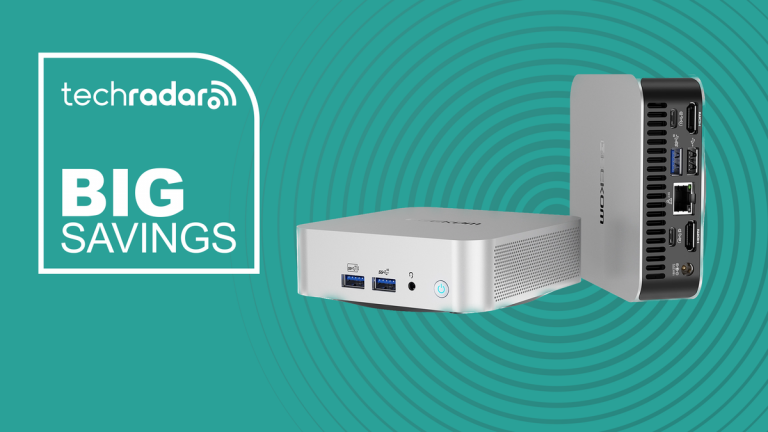Unlock the Power of PyTorch: A Comprehensive Guide to Artificial Intelligence and Machine Learning

Unlock the Power of PyTorch: The Go-To Deep Learning Framework for AI Developers
PyTorch, an open-source machine learning library, has revolutionized the way AI developers approach deep learning tasks, such as computer vision and natural language processing. Its ease of use, flexibility, and seamless integration with Python, make it a popular choice among developers. In this article, we’ll explore the benefits of using PyTorch, its key elements, and its use cases, helping you unlock its full potential.
PyTorch Benefits
PyTorch offers a range of benefits that have made it a favorite among AI programmers. Some of the most notable aspects of the library that make it suitable for various machine learning use cases include:
- Python Integration: PyTorch is built on Python, a widely used and beginner-friendly programming language. This makes it easy to master, even for new AI developers with no prior experience in deep learning.
- Easy to Debug: PyTorch supports dynamic computation graphs, allowing developers to build and modify them on the fly. Additionally, it benefits from Python’s debugging tools, making debugging more manageable and efficient, especially when prototyping and experimenting with different AI models.
- GPU Acceleration: PyTorch supports GPU acceleration through CUDA, Nvidia’s parallel computing platform. This support accelerates the training of machine learning models, particularly essential for deep learning tasks that often require substantial computational power.
- Distributed Training: PyTorch supports distributed training, enabling efficient training and inference on different hardware, such as CPUs and GPUs. By distributing the workload across multiple processors or machines, PyTorch maximizes resource utilization and reduces model training time.
- Pre-trained Models: PyTorch provides a wide range of pre-trained models, including VGG, ResNet, MobileNet, and others. Developers can easily integrate these pre-trained models into their PyTorch projects. These models are pre-trained on large datasets, reducing the amount of data and training time required for a model to achieve good performance.
- Extensive Ecosystem: Thanks to its open-source nature, PyTorch has amassed a massive global community of users and contributors, including popular libraries like torchvision for computer vision tasks, torchaudio for audio-related tasks, and more.
Key Elements of PyTorch
PyTorch has three essential components that facilitate fast and efficient development of complex neural network models:
- Tensors: Tensors are the fundamental building blocks in PyTorch, representing multidimensional arrays of numerical data.
- Modules: PyTorch’s modules enable developers to construct deep learning models with just a few lines of code, without manual construction.
- Dynamic Computation Graphs: PyTorch’s dynamic computation graphs allow for on-the-fly modification and creation of the model’s architecture, simplifying debugging and prototyping.
PyTorch Use Cases
PyTorch’s benefits in speeding up model development and training have made it a popular choice for a wide range of tasks, including:
- NLP: PyTorch is commonly used for machine translation, sentiment analysis, and voice recognition and synthesis.
- Computer Vision: Its GPU acceleration advantage has positioned PyTorch as a leading choice for complex computer vision applications, such as processing and classifying images, detecting objects in real-time, and more.
- Reinforcement Learning: PyTorch is used for reinforcement learning tasks, helping build models that can learn from interaction with the environment and make decisions based on rewards and penalties, making it suitable for applications like robotics and autonomous driving.
Conclusion
PyTorch has revolutionized the field of machine learning, providing a flexible and efficient deep learning framework for AI developers. With its ease of use, Python integration, and extensive ecosystem, PyTorch has become a popular choice for various deep learning tasks. By understanding its benefits, key elements, and use cases, you can unlock the full potential of PyTorch and unlock the next level of your AI development journey.






